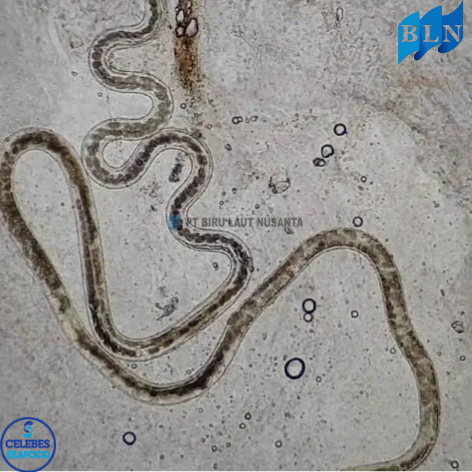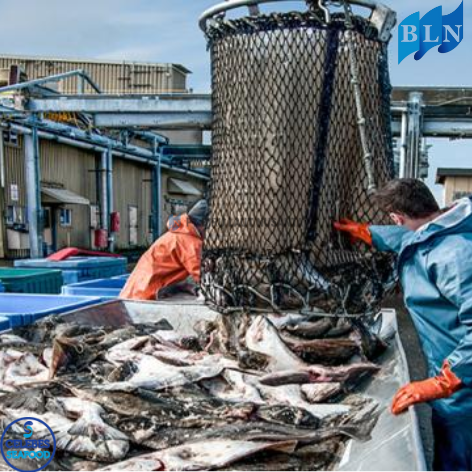Selecting Superior Seedlings for Successful Mangrove Forest Reforestation
By. Tri - 16 Apr 2025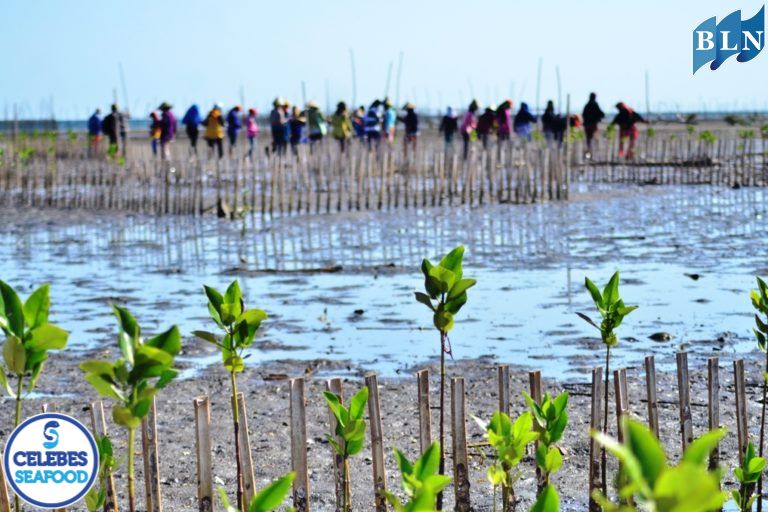
lautnusantara.com_ Mangrove forests, a unique and beneficial coastal ecosystem, play a vital role in protecting coastlines from abrasion, providing habitat for various types of marine biota, absorbing blue carbon, and supporting the lives of coastal communities. However, development pressures, land conversion, and climate change have caused significant damage to mangrove ecosystems in various regions. Mangrove reforestation is a crucial effort to restore this valuable ecosystem. However, the success of mangrove replanting is highly dependent on selecting superior seedlings that are appropriate to local conditions.
Why is selecting superior seedlings so crucial in mangrove reforestation? Mangrove ecosystems have specific environmental characteristics, such as water salinity, tides, substrate types, and sediment dynamics. Mangrove seedlings that are not suitable or of low quality will have difficulty adapting, have a high mortality rate, and ultimately thwart restoration efforts. Like building a house on muddy ground without a strong foundation, inferior mangrove seedlings will easily drift and will not be able to carry out their ecological functions optimally.
So, what are the important criteria that need to be considered in selecting superior seedlings for mangrove forest reforestation? Here are some key aspects:
1. The Right Species for the Location:
Mangrove ecosystems consist of various types of species with different adaptations to environmental conditions. Selecting mangrove species that naturally grow and are dominant in the planting location is a crucial first step. Understanding mangrove zonation, which is the difference in mangrove types based on distance from the coastline and frequency of waterlogging, is very important. For example, Avicennia and Sonneratia are often found in the outermost zones that are more frequently inundated, while Rhizophora is more dominant in the middle zone. Consultation with a mangrove ecologist or experienced local community is highly recommended to ensure the selection of the right species.
2. Genetic Quality and Origin of Seedlings:
Superior seedlings should ideally come from parent trees that are healthy, productive, and have a history of growing well in the local environment. As much as possible, avoid taking seedlings from parent trees that show signs of disease or poor growth. If possible, use seedlings that come from certified seeds or from a trusted nursery program that pays attention to genetic quality.
3. Seedling Health and Vigor:
Healthy mangrove seedlings will look sturdy, have sturdy and straight stems, fresh green leaves without spots or holes from pest attacks, and a well-developed root system. Pay attention to the propagules (germinated mangrove fruits) or seedlings that have been planted in polybags. Make sure there are no signs of rot, fungus, or pest attacks. Good seedling vigor indicates that the seedlings have sufficient food reserves to adapt to the new environment after being planted.
4. Ideal Seedling Size and Age:
The ideal seedling size and age for planting will vary depending on the species and location conditions. Generally, seedlings that are not too young (still small and vulnerable) and not too old (potentially experiencing greater transplant stress) are better. Newly germinated propagules that have several leaves or seedlings that have been planted in polybags for several months and are around 30-50 cm tall are often good choices.
5. Healthy Root System:
A healthy and well-developed root system is essential for nutrient absorption and strong anchorage in muddy and watery substrates. Make sure the seedlings have many fibrous roots and are not coiled or twisted in the polybag. Healthy roots will help the seedlings to adapt quickly and grow well in the dynamic mangrove environment.
Implications of Selecting Superior Seedlings in Mangrove Reforestation:
Selecting superior mangrove seedlings has a significant impact on the success of restoration efforts, including:
1. Increasing the survival rate of seedlings in extreme environments.
2. Accelerating the growth and formation of sturdy mangrove stands.
3. Increasing the resilience of the mangrove ecosystem to abrasion, storms, and climate change.
4. Accelerating the restoration of the ecological function of mangroves as habitats, water filters, and carbon absorbers.
5. Optimizing investment and efforts made in reforestation programs. If you are interested in our product KING FISH STEAK, Coral Trout Fillet Skin On,OCTOPUS WHOLE CLEANED FLOWER TYPE please do not hesitate to contact us through email and/or whatsapp.
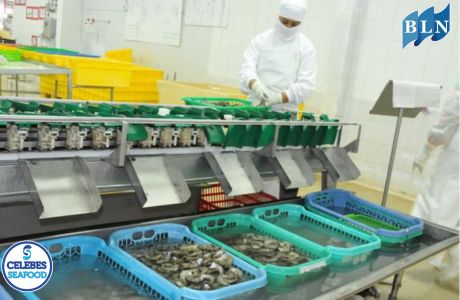
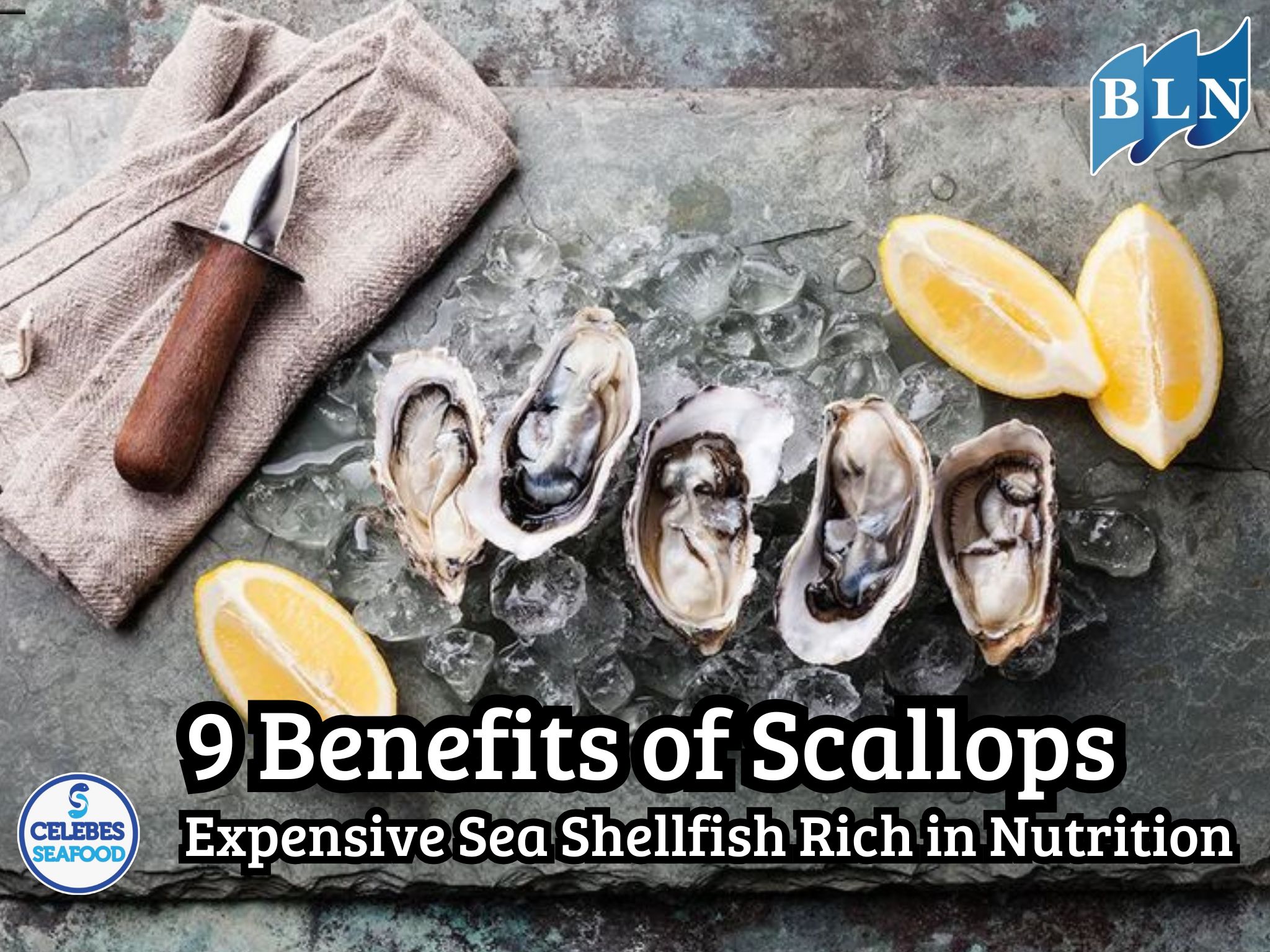
.jpg)
